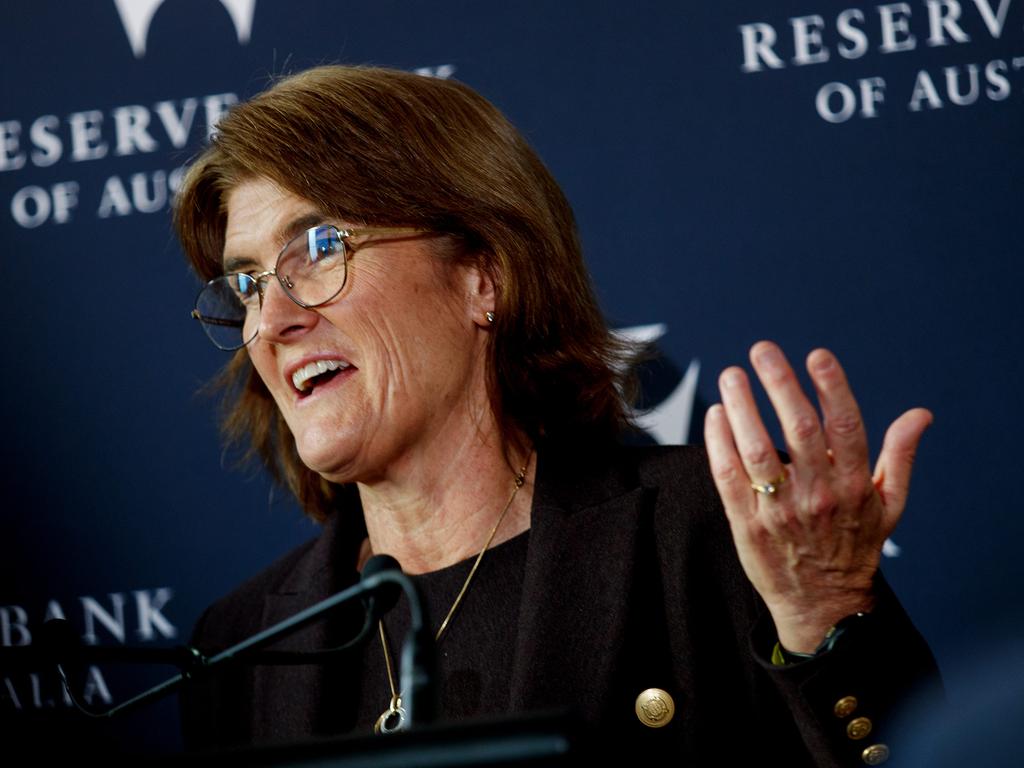ALP homes target sliding out of reach
Housing experts have warned that new home commencements would flatline for the remainder of 2024 putting the Albanese government’s claims of 1.2 million new homes within five years further beyond reach.

Housing industry experts have warned that new home commencements will flatline for the remainder of 2024, putting the Albanese government’s claims of 1.2 million new homes within five years further beyond reach.
New building approvals released on Wednesday showed improvements in Western Australia and South Australia, but in the dominant markets of NSW and Victoria there had been no lift in commencements.
ABS figures showed a stronger than expected 5.5 per cent bounce in home building approvals to 14,175 in May. But with NSW and Victoria making up more than 50 per cent of the market, Housing Industry Association chief economist Tim Reardon warned that the market continued to “bounce along the bottom”.
“That is the concern in the biggest part of the housing equation … it represents more than half of the new-home building market,” he said. “NSW and Victoria (are) showing no sign of recovery. This is the majority of the market, and in NSW and Victoria we are not anticipating an increase in approvals this year. Nationally we are looking at home building bouncing along the bottom.”
With annual approvals running at about 161,000, the future pipeline of work remains historically weak, and far short of the 240,000 new homes a year required under the Albanese government’s Housing Accord.
The statistics confirm analysis published in The Australian that the shortfall in construction is now so acute that a new house would have to be built every two minutes to meet current demand driven by migration and population growth.
Separate ABS figures showed retail spending of $35.9bn in May – $200m more than in April. The monthly rise of 0.6 per cent was twice the rate expected by economists. Citi economist Faraz Syed said “the Aussie consumer has become cost conscious because of ongoing inflation and higher interest rates”. “But they are not down and out, and clearly keeping their powder dry for the big events,” he said.
AMP chief economist Shane Oliver said “today’s suite of data is another upside surprise”. “They add to the risk of another hike from the Reserve Bank to rein in demand further and hence inflation,” he said.
Dr Oliver said the RBA would “almost certainly” discuss whether to hike rates at its early August meeting, but he still believed the central bank would decide to keep rates on hold. “The big picture hasn’t changed materially in our view,” he said. “Household budgets are still being hurt by high inflation, and especially high dwelling and mortgage costs, and as a result spending volumes continue to be squeezed, consumers are seeking out promotions, and consumer sentiment indicated by surveys is still quite negative.”
Discounts drove a 1.6 per cent monthly lift in fashion retailing, the seasonally adjusted ABS figures showed, while spending on household goods increased by 1.1 per cent. Over the year, however, growth in these discretionary categories was flat or negative, even as spending on food in supermarkets and other grocery stores was up 3 per cent versus the same month in 2023.
The Australian Retailers Association said shops, particularly smaller ones, were doing it tough and the overall trend remained poor.
ARA chief industry affairs officer Fleur Brown said “the ongoing cost-of-living pressures, interest rate ramifications and increased cost of doing business make it a challenging period – particularly for those in the discretionary retail sector and small to medium size businesses”.
With the month-to-month retail figures proving choppy, CBA head of Australian economics Gareth Aird said “underlying spending remains motionless”.
The ABS figures showed sales were up only 1.7 per cent in the year to May – well below the 4 per cent rate of inflation over the same period, and also less than the 2.5 per cent lift in population – speaking to the financial pressures being felt by many households.
“Shoppers are savvy, cautious and price sensitive,” Mr Aird said. “The choppiness in the monthly outcomes indicates households are more tactical than usual when determining when to spend.”





To join the conversation, please log in. Don't have an account? Register
Join the conversation, you are commenting as Logout